
One region alone – Yakutia – has 5 million tons scrap metal dumped in polar regions, an ugly Soviet legacy.
These dramatic pictures show the terrible toll of debris strewn across the Russian Arctic – much of it harmful to the environment.
Despite major efforts to clean-up the pollution, the vast bulk of which dates to Soviet times, the size of the task – and the cost – defies efforts to quickly remove this junk the Arctic regions.
The Russian Ministry of Defence each summer stages major campaigns to remove harmful waste – this year getting rid of 6,540 tons, well above the target that had been set.
But the scale of the problems were highlighted by Sahamin Afanasiyev, minister for nature preservation in the Republic of Sakha – the largest region in Russia, also known as Yakutia.
‘About 5 million tons of scrap metal in 150 locations has built up in the Arctic zone of Yakutia,’ he revealed. ‘According to calculations, 62 billion roubles is required to get rid of this rubbish.’ This is around $1 billion.
‘This year 10 million rouble ($161,000) was allocated for Bulunsky district this year – but later those funds were sequestrated. And there is no money for (the clean-up) in the three-year budget.’
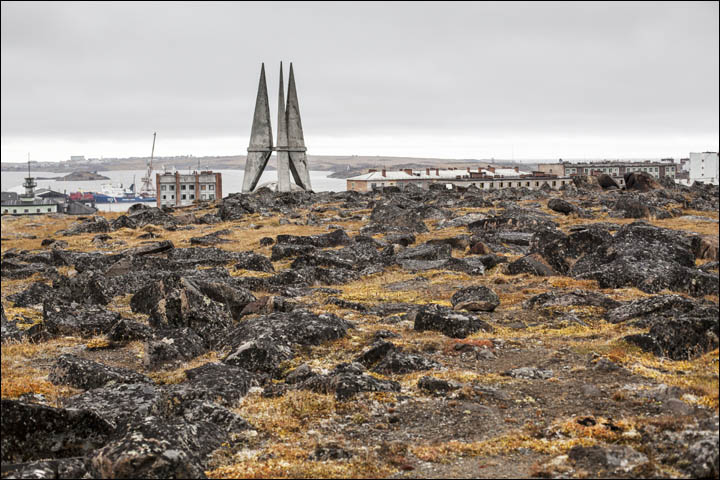
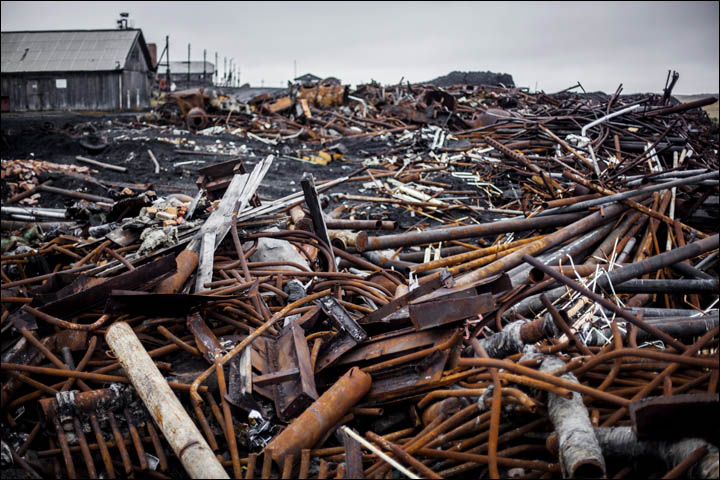
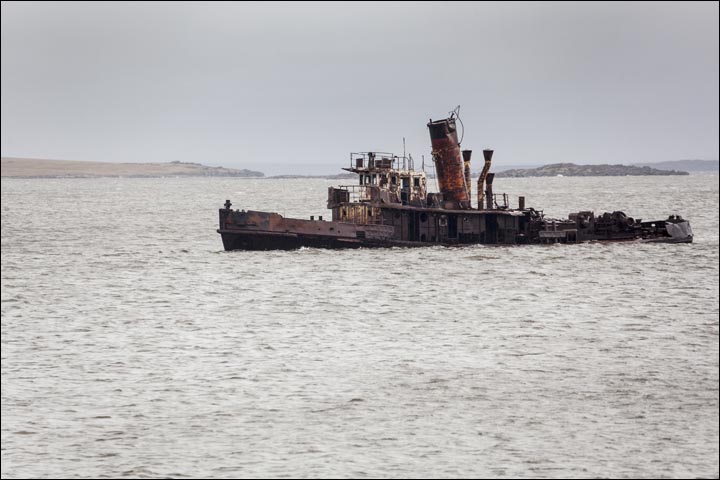
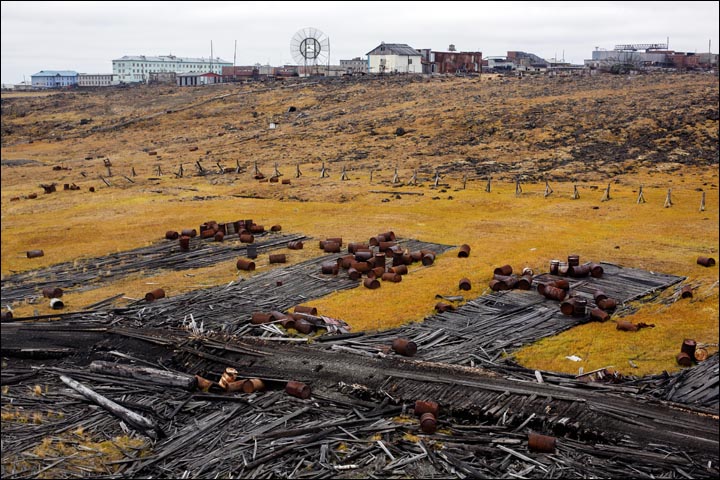
One recent estimate is that it will take 15 years to correct the mistakes of the Soviet times when empty metal barrels and other rubbish was left on the Arctic shore. Picture: Liza Udilova/Greenpeace
He urged ‘a separate programme and separate funding. Collecting scrap metal is expected to be at the expense of the republic’s budget, but there are no sources yet.’
This did not mean no action was being taken.
‘Companies that operate in the Arctic zone of the republic such as Sahaenergo and Almazy Anabara, get rid of waste at their own expense. The Ministry of Defence is also collecting waste in the New Siberian Islands.’
One recent estimate is that it will take 15 years to correct the mistakes of the Soviet times when empty metal barrels and other rubbish was left on the Arctic shore.
Kirill Chistyakov, vice president of Russian Geographic Society and director of the Institute of Earth Studies at St Petersburg State University, said: ‘A lot of things in the Arctic have been done in the wrong way.
‘For example, huge deposits of barrels and other containers built up during dozens of years in Soviet times. All of it should be collected.
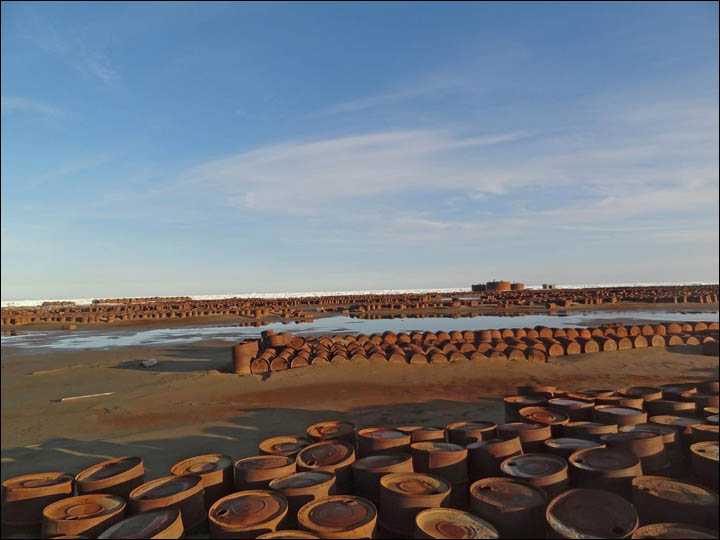
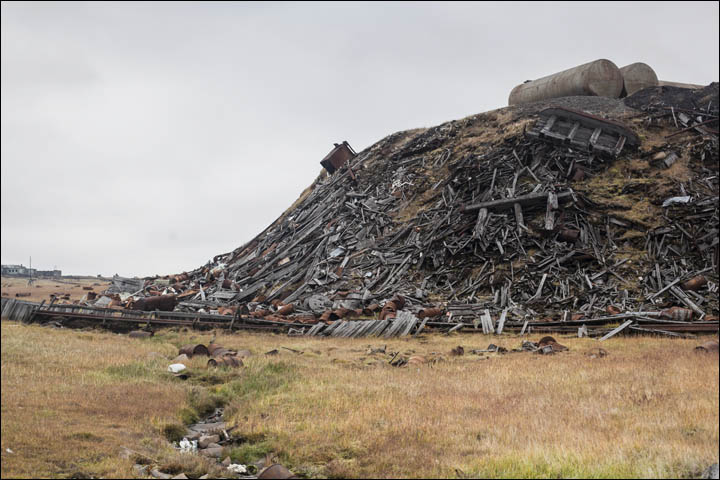
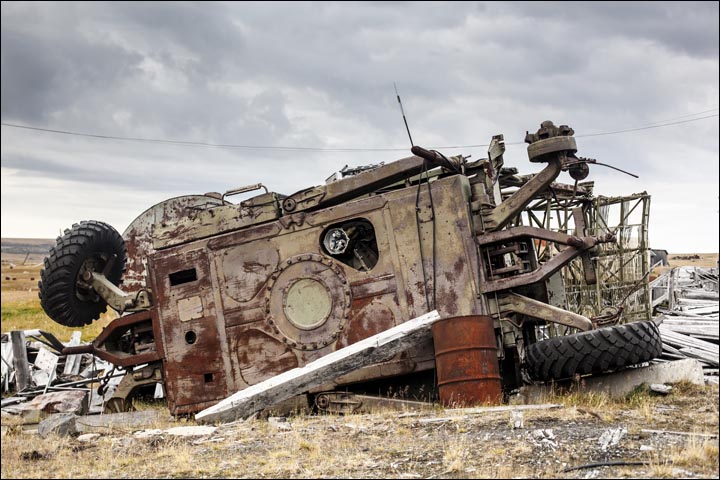
‘Huge deposits of barrels and other contaminants built up during dozens of years in Soviet times. All of it should be collected.’ Picture: S. Oleynik, Liza Udilova/Greenpeace
‘In my estimate, there is enough work here for dozens of years. The [clean-up] process has been going for 5 years and will continue for another 10 to 15 years.’
He urged: ‘The cleaning of the Arctic shouldn’t be limited only to specially protected territories. The Arctic still remains an extreme place that requires elaborate planning of all sides of research and commercial projects.
‘Any negligence will be paid later with blood and, perhaps, human lives. Nature is a lot more powerful and smarter than everything that humanity came up with so far.’
Action by the Ministry of Defence is seen as having a major impact.
General Dmitry Bulgakov, deputy head of the ministry, said: ‘6,540 tons of scrap metal has been collected in 2016 in the Arctic islands, although the amount planned for the year was 4,500 tons.’
Much of the junk collected is the most dangerous to the environment, it is believed.
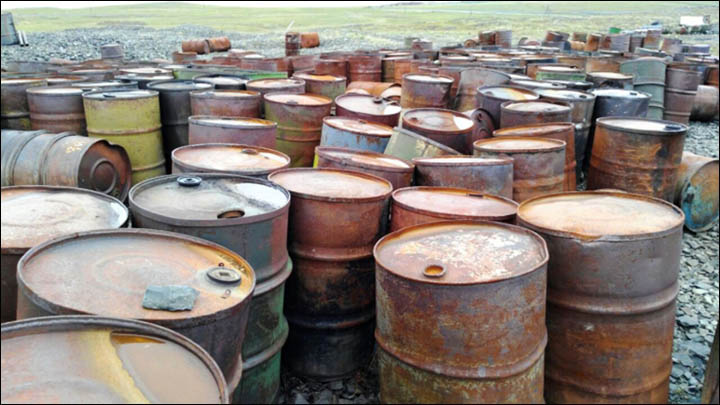
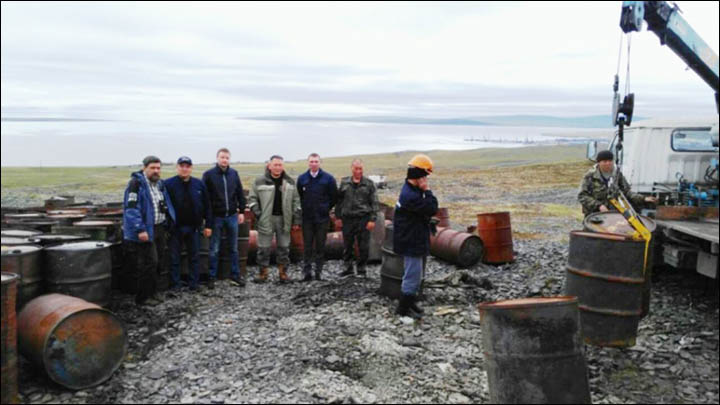
Cleaning the garbage on Kotelny islnad, Yakutia. Pictures: Ministry of Nature of Yakutia
‘The aim is for complete cleansing of Defence Ministry territory in the Arctic from environmental waste, (a goal )set by Russia’s president, will be completed by 2020.’
Meanwhile, the Emergencies Ministry has said that 15% of the Russian Arctic zone has a critical level of environmental pollution. More than half of the total emission of pollutants is due to the Norilsk agglomeration and areas of oil and gas fields in Western Siberia, it has been said.
In Norilsk – the world’s largest nickel producing area – major efforts are underway to clean the environment.
A check by the Russian General Prosecutor’s Office found more than 8,000 violations of the law on recycling of waste. More than 1,000 lawsuit were sent to the court on these violations, and 840 people were convicted. Numerous illegal swamps and landfills in the Arctic zone were revealed.
The prosecutors say that the Arctic has unique natural and climatic conditions, including flora and fauna, as well as significant reserves of energy resources, especially oil and gas, production of which is extremely difficult and dangerous for the environment.
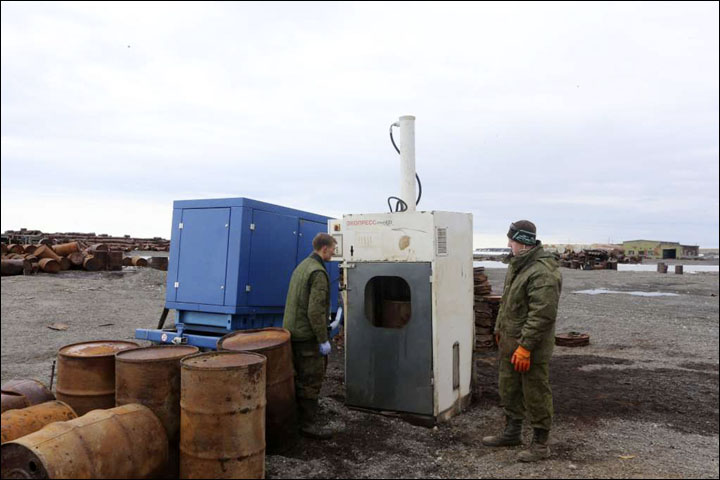
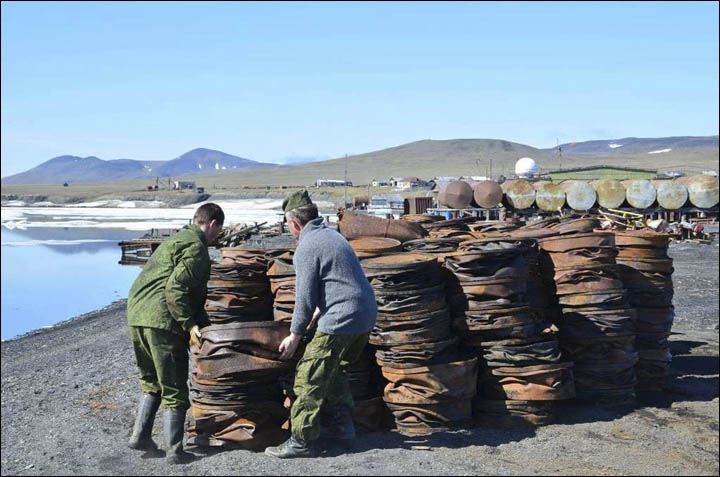
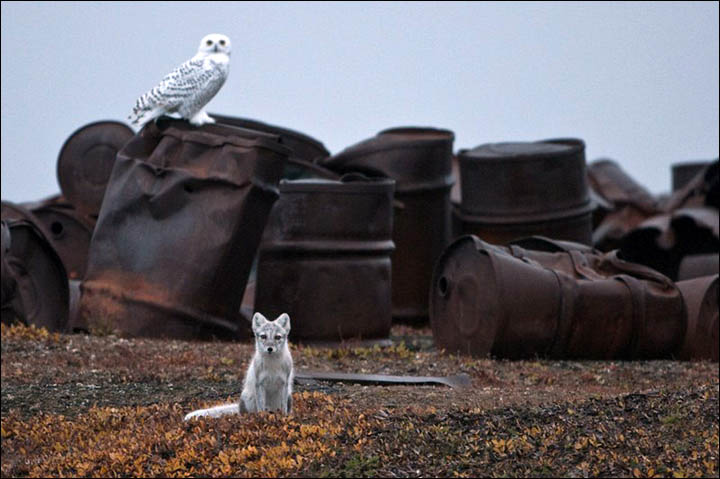
Military clean the garbage on Wrangel island, Chukotka. Picture: Wrangel Island Nature Reserve, Dvorjchenko Vitaliy
Due to the long winter season for these areas, there is significant decomposition of harmful substances, leading to the accumulation of garbage which is is dangerous for nature.
This highlights that not all the problems are in the past. Every year 252 million tons of I-V hazard class waste is produced in Yakutia, most of it in the mining industry. 500 tons of industrial and household waste has built up over this year alone.
Yet there are encouraging signs.
Meteorologist Alexander Oboimov, a member of the Russian Geographic Society, recounted a return visit to Zhelaniya Cape in the Severny island of the Novaya Zemlya archipelago.
‘As soon as we landed, we were amazed by cleanliness and order across the territory of former polar station Zhelaniya Cape,’ he said. ‘When we landed here three years ago, the remains and traces of human activity … were awaiting for us.
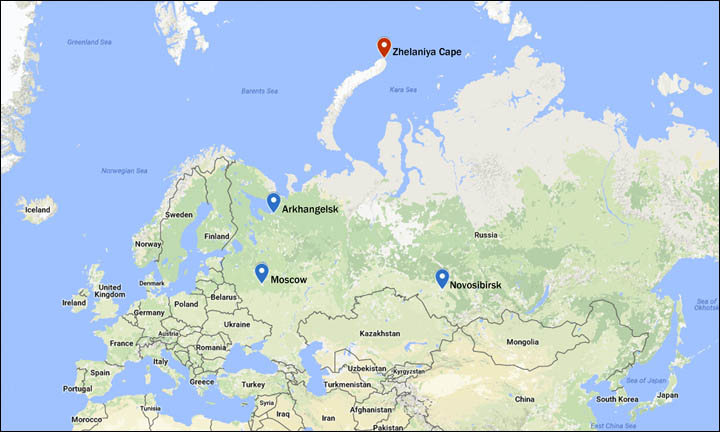
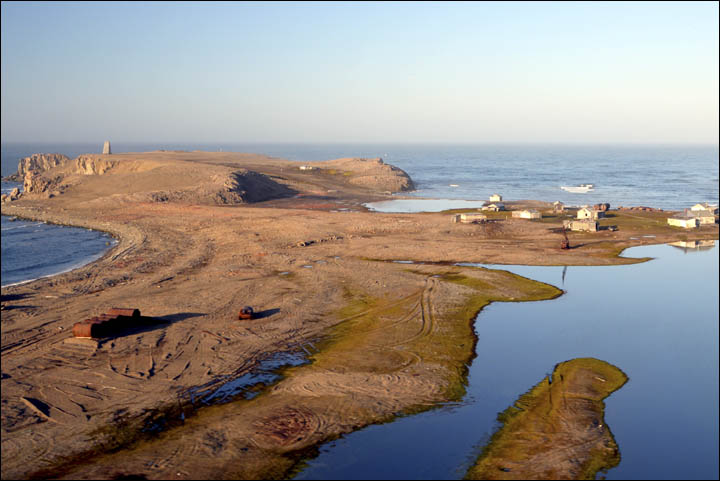
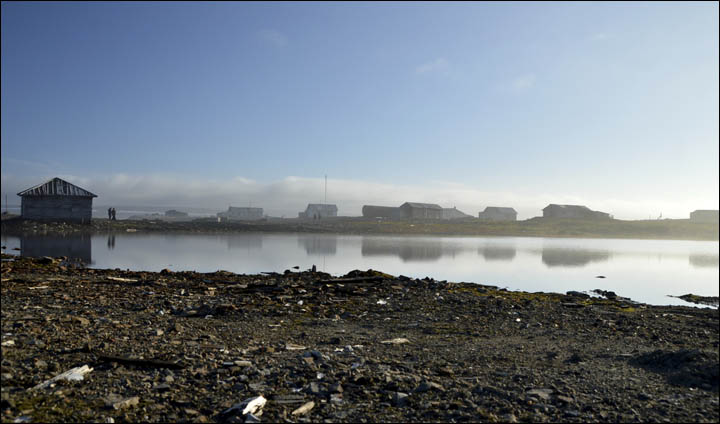
‘As soon as we landed, we were amazed by cleanliness and order across the territory of former polar station Zhelaniya Cape.’ Pictures: Alexander Oboimov
‘And, of course, there were [empty] barrels everywhere… piles of rusty fuel barrels, equipment rotting in the salty sea wind, and dozens of polar bears living in houses abandoned by people.
‘It’s not an coincidence that there is a saying popular between polar researchers: ‘No windows, no doors, the house is full of bears’. This was the case at the polar station Zhelaniya Cape. Now it’s all in the past. There is a new cosy house away from abandoned buildings and outdated equipment.
‘Aleksander Kulakov, an employee of Russkaya Arktika (‘Russian Arctic’) national reserve, told me that nearly all the Arctic rubbish has been removed from Zhelaniya Cape.
‘Employees of the contractor Arctic Consulting Service CJSC collected all the rubbish under strict control of inspectors of the national park who ensure adherence to regime of specially protected territory.’


